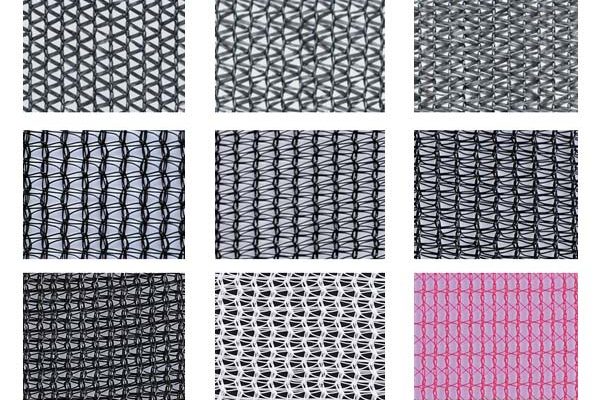Succulent plants are quickly becoming a popular choice in the global gardening market. Recent data shows that the market is growing steadily at a compound annual growth rate (CAGR) of 3.85%. Thanks to their low-maintenance nature and high decorative value, succulents are widely favored for home decor and large-scale commercial cultivation. However, extreme weather, especially intense sunlight and heat, poses significant challenges to their growth. Managing light exposure with shade cloth has become a crucial strategy for growers to ensure healthy and stable yields.
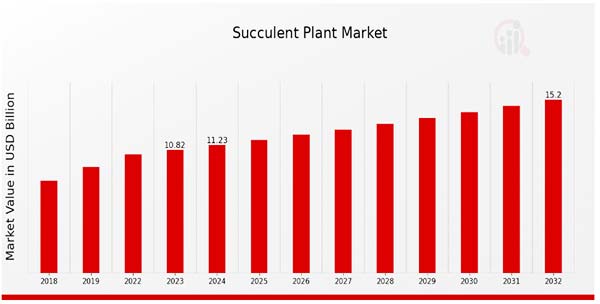
Growth Trend of Global Succulent Market Demand
As a professional agricultural shade net manufacturer, INSONSHADE will guide you through the types of shade cloth suitable for succulents, practical buying tips, and key usage strategies. This article aims to help growers maintain stable plant growth even under harsh environmental conditions while maximizing their aesthetic appeal and market value.
Do All Succulents Love Sunlight? A Common Misconception
Many people assume that all succulents thrive in direct sunlight, making shade cloth unnecessary. However, this is a common misunderstanding.
Certain succulents, such as String of Hearts (Ceropegia woodii), String of Pearls (Senecio rowleyanus), Haworthia, and Haworthia cooperi, are better suited to shady environments. These varieties require minimal sunlight, usually just 30 minutes to an hour of daily exposure. Even without direct sunlight, they can grow well in bright, well-ventilated spaces. Additionally, newly purchased succulents or those recently moved from indoor to outdoor environments need time to adapt gradually to sunlight. In the initial stage, placing them in partial shade can prevent sunburn and leaf damage.
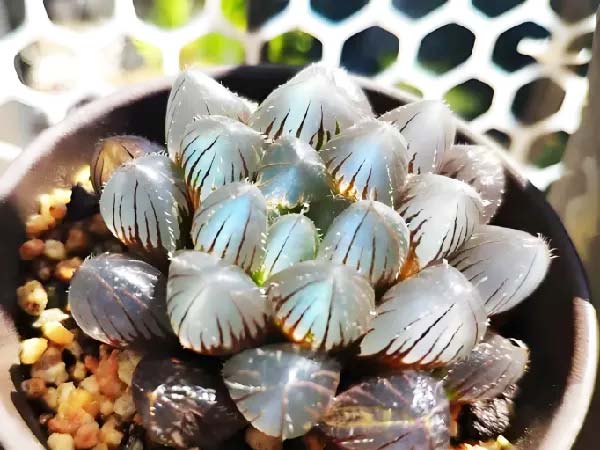
Haworthia cooperi – Thriving on a balcony with only 2 hours of early morning sunlight per day
On the other hand, many succulents, especially those with thick leaves and vibrant colors, do require ample sunlight to stay healthy and maintain their striking appearance. However, even sun-loving varieties need protection during the hot summer months. When temperatures exceed 30°C (86°F), most succulents enter dormancy, and their root systems temporarily stop growing. Prolonged exposure to intense sunlight during this period can cause rapid moisture loss, leading to shriveled leaves or black rot.
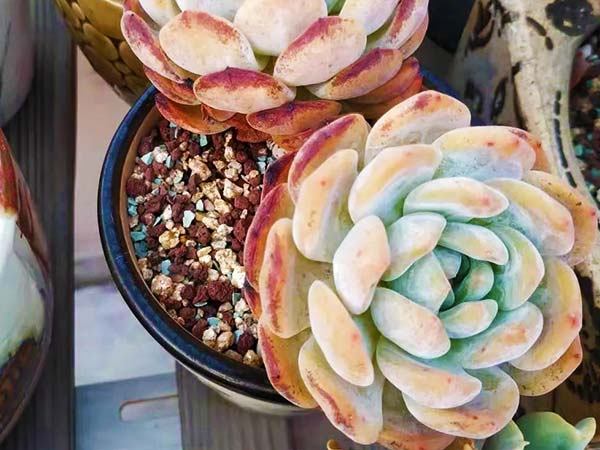
A sunburned succulent with visible leaf damage
To prevent this, provide shade during the scorching midday hours and reduce watering to minimize moisture loss. Excessive sunlight can cause succulent leaves to turn dull or dark red, diminishing their vibrant appearance. By balancing sunlight and shade, you can ensure healthy, colorful growth throughout the year.
How to Choose the Right Shade Net for Succulents
Succulents require precise light and temperature management during cultivation, making the selection of the right shade net a critical step. When choosing shade nets, key factors like shade percentage and material quality should be carefully considered.
1. What Shade Percentage Should You Choose?
Shade nets typically range from 1- to 6-needle types and are classified into monofilament (round yarn) or flat yarn structures. The higher the needle count, the denser the weave, and the more effective the shading. Even nets with the same needle count can differ in shade percentage based on weaving patterns. Shade percentages generally range from 30% to 90%, and when used outdoors, they can reduce temperatures by 1 to 3°C.
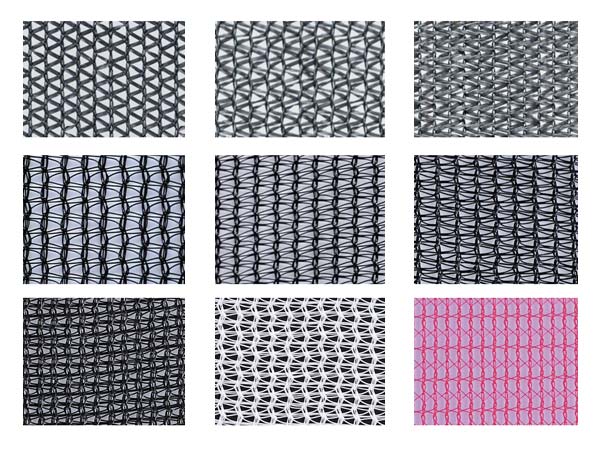
Shade Netting for Succulents
For succulents, a shade net with 1- to 4-needle density and a shade percentage of 30% to 60% is typically sufficient. This range helps block excessive sunlight while still allowing enough light for healthy growth. Avoid over-shading during early summer, as fluctuating temperatures can lead to etiolation (abnormal elongation due to lack of light).
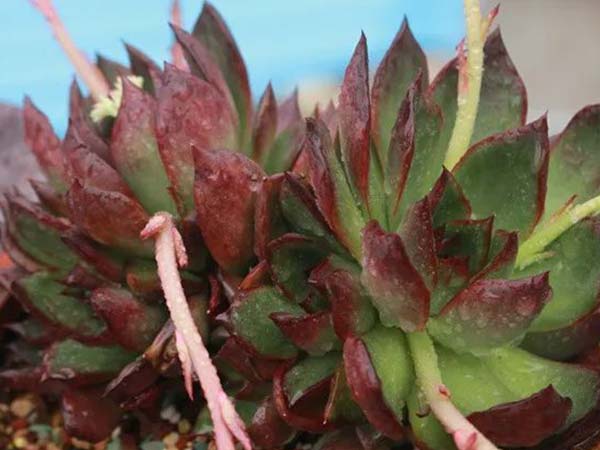
Over-shading causes succulents to stretch and lose their compact shape
2. What Material Should You Choose for the Shade Net?
We recommend selecting shade nets made from HDPE (high-density polyethylene). These nets are durable and minimize wear and tear during regular use, which helps lower long-term maintenance costs. Shade nets with UV stabilizers are even more effective, as they filter out harmful UV rays and provide better protection for succulents.
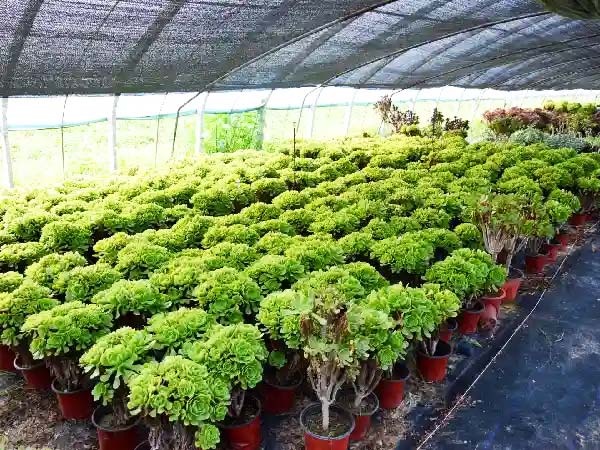
Shade nets in greenhouses protect succulent plants from direct sunlight
In addition to HDPE, some growers prefer shade nets made from aluminum or polyester due to their superior light diffusion properties. Although these materials are more expensive, they distribute light more evenly, providing a softer and more balanced environment for plant growth.
3. What Shade Net Color Is Best for Succulents?
There is currently no definitive research proving that a specific color is ideal for succulents. The most common shade net colors available on the market are black, green, and blue, with black being the most popular.
4. How to Identify a High-Quality Shade Net
Here are some key indicators to help you choose a high-quality shade net:
- Smooth and even surface: Check that the flat yarn and gaps are parallel, neat, and evenly distributed.
- Clear and well-defined weaving: The warp and weft should be easily visible, and the net should have a uniform texture.
- Good surface gloss: The net should have a deep, rich black sheen, rather than a superficial or overly shiny appearance.
- Flexible and elastic material: The shade net should feel soft and elastic, without being stiff or rough.
- Reliable labeling: Nets produced by reputable manufacturers often come with clear labels specifying shade percentage, size, and specifications.
- Odor check: A high-quality net should be odorless or have a faint burnt-plastic smell, but no strong chemical or unpleasant odors.
FAQs About Using Shade Nets for Succulents
To help you protect your succulents from extreme sunlight, here are answers to common questions about the use of shade nets.
1. How to Properly Use Shade Nets for Succulents?
Shade nets are most effective in regions with long periods of direct sunlight, especially during tropical days or subtropical and temperate summer afternoons. For example, in the northern hemisphere, when temperatures exceed 30°C (86°F) during the summer, the optimal shading period is from 11:00 AM to 3:30 PM. Applying the shade net during this time helps protect succulents from intense sunlight.
If you notice signs of mild etiolation (stretching due to low light), consider reducing the shading intensity. When temperatures stabilize below 28°C (82°F), partially remove the netting to allow more direct light from the sides. When temperatures drop below 25°C (77°F), you can completely remove the shade net.
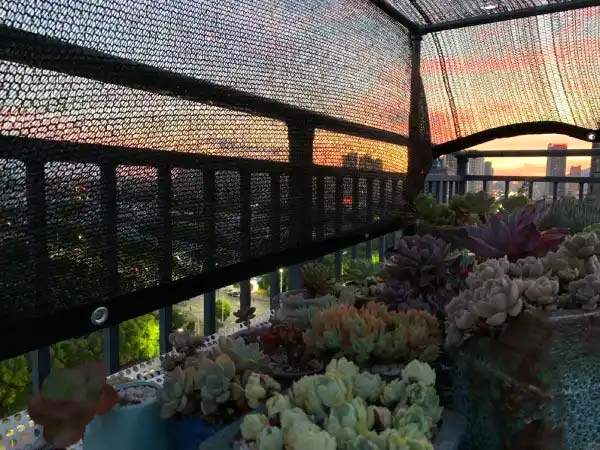
Shade net setup on a balcony
2. How to Set Up Shade Nets Correctly?
When installing a shade net, remember to set it “high, not low”. If the net is placed too close to the plants, it can restrict airflow, which is crucial for succulent growth. Avoid laying the shade net directly on top of the plants, as it may absorb heat and cause secondary heat damage.
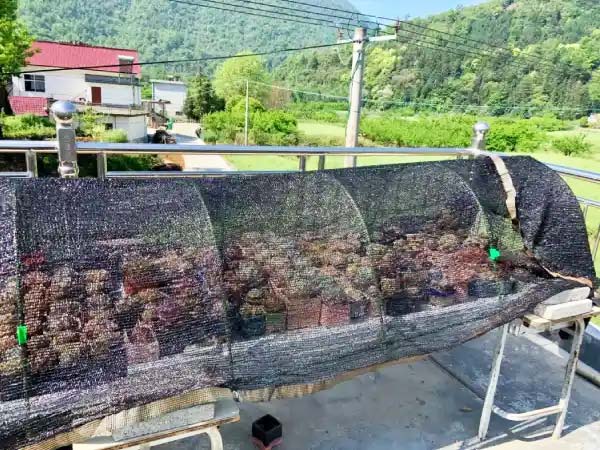
A shade net structure that provides sun and rain protection
Side shading is also important! Pay attention to the sun’s angle. In the northern hemisphere, succulents benefit from morning sunlight, while the afternoon sun from the west can be too intense. Installing side panels on the west side of your setup can provide optimal protection.
3. What Damage Can Too Much Sunlight Cause to Succulents?
Here are three key scenarios to keep in mind:
- High temperatures + intense sunlight + lack of water = Succulent sunburn or death
- High temperatures + intense sunlight + high humidity = Ideal conditions for mold (and root rot if soil isn’t well-aerated)
- High temperatures + excess rain = Risk of mold, black rot, or waterlogging
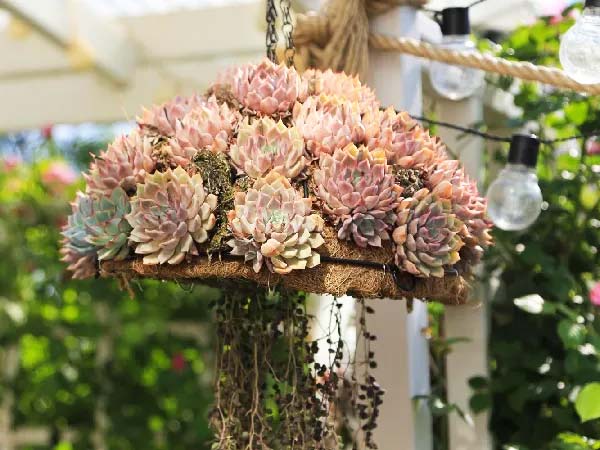
Succulents showing varying degrees of sunburn damage
4. Common Causes of Succulent Death in Summer (and How to Fix Them)
| No. | Problem | Potential Consequence | Solution |
| 1 | Poor shading in summer | Succulents get sunburned or die | – Set up shade nets during peak summer heat to block direct sunlight |
| – Move plants indoors when possible and use grow lights for controlled light exposure | |||
| – Ensure proper ventilation to prevent heat damage | |||
| 2 | Inadequate rain protection | Root rot, leading to plant death | – Set up rain shelters or move plants indoors during heavy rainfall |
| – Clear standing water and keep soil dry | |||
| – Avoid direct sunlight after heavy rain | |||
| 3 | No watering during dormancy | Death due to dehydration | – Water sparingly but do not withhold water completely |
| – Adjust frequency and amount based on plant and soil conditions | |||
| 4 | No pest prevention in spring | Pest outbreaks leading to death | – Apply preventive pest treatments during spring |
| – Address pest issues immediately upon detection | |||
| 5 | Repotting during high heat | Root damage, poor recovery | – Avoid repotting during the peak of summer |
| – If repotting is necessary, choose spring or fall and maintain a moist, well-ventilated environment | |||
| 6 | Planting new succulents in summer | Difficulty in adapting, high mortality | – Limit succulent purchases during summer |
| – If buying, choose healthy and well-established varieties | |||
| – Provide proper care and consider summer-growing varieties |
5. Common Summer and Winter Dormant Succulent Varieties
| Summer Dormant / Winter Growing | Winter Dormant / Summer Growing |
| Adromischus | Adenium |
| Aeonium | Agave |
| Aloe | Aichryson |
| Anacampseros | Alluaudia |
| Astroloba | Calibanus |
| Avonia | Ceropegia |
| Ceraria | Cissus |
| Conophytum | Cotyledon |
| Echeveria | Crassula |
| Dudleya | Euphorbia |
| Fenestraria | Huernia |
| Gasteria | Manfreda |
| Gibbaeum | Monadenium |
| Graptopetalum | Pachypodium |
| Graptoveria | Pseudolithos |
| Haworthia | Rhipsalis |
| Kalanchoe | Sempervivum |
| Lithops | Stapelianthus |
| Othonna | Trichocaulon |
| Pachyphytum | Trichodiadema |
| Pachyveria | Yucca |
| Peperomia | Xerosicyos |
By understanding when and how to provide shading, you can protect your succulents during their sensitive growth periods, keeping them healthy and vibrant year-round.
Conclusion
In summary, shade nets play a crucial role in the successful cultivation and management of succulents. When used properly, they help protect plants from intense heat and sunlight, ensuring healthy growth while enhancing both their decorative and commercial value.
For home gardeners, shade nets are easily available on platforms like eBay, Amazon, or at local garden centers. Meanwhile, large-scale succulent growers can consider buying directly from shade net manufacturers for cost savings and bulk options. With the right shade net, you can ensure your succulents thrive even under challenging conditions.
